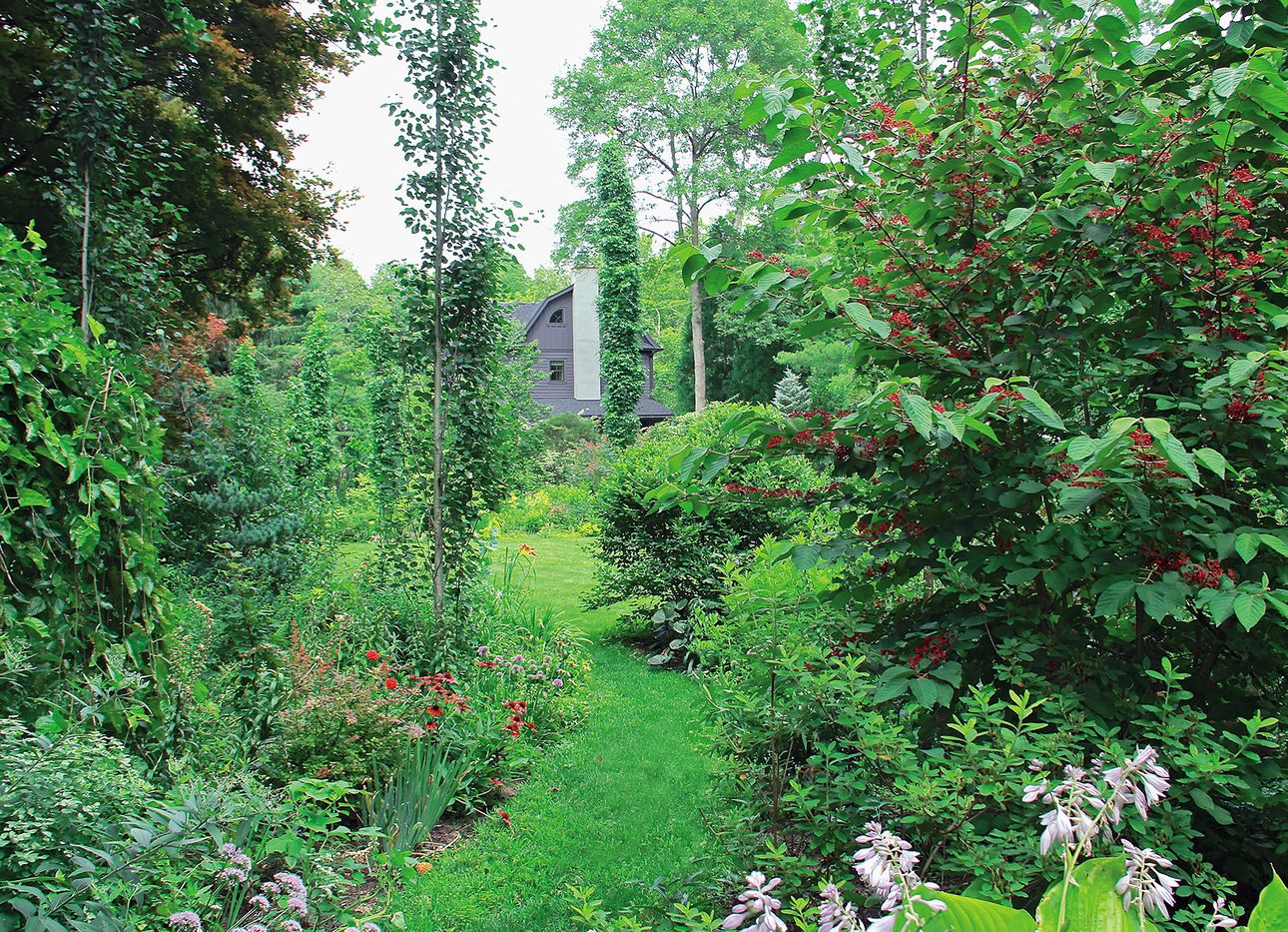
Horticulturist Ken Druse on Exploring the World of Botanical Fragrance
Roses are red, violets are blue, this trite nursery rhyme is familiar to you (see what I did there?). But anecdotally, it’s also telling of our own perceptual biases. We tend to see before we smell, or at the very least, we’re more inclined to comment on an object’s appearance before its scent, and certainly have developed a richer vocabulary for discussing visual aesthetics. In an extensive new book, The Scentual Garden: Exploring the World of Botanical Fragrance (Harry N. Abrams), author Ken Druse makes the case for having it the other way around, with fascinating texts that explore the science of how plants communicate through scent to attract their pollinators—as well as to steer predators away, and to “talk” and “warn” one another of danger. “When describing a species or variety, most catalogs and reference sources will simply say ‘fragrant’ when scent is a factor. I wanted to know more and say more,” Druse writes. “We’ve named a thousand colors, for instance, from scarlet to puce. But words to categorize plant fragrances are hard to come by.”
The hefty compendium classifies hundreds of garden plants, flowers, shrubs, and trees by scent—a wide spectrum that ranges from sweet, fruity, and cloying, to musky, even foxy, sweaty, and skunky. Druse also offers a brief guide on how to smell, and with the seriousness of a sommelier. “It’s like sampling wine: The first sip is different from subsequent mouthfuls. But, unlike wine tasting, which may eventually get you drunk, sampling flower smells is something you can do all day.”